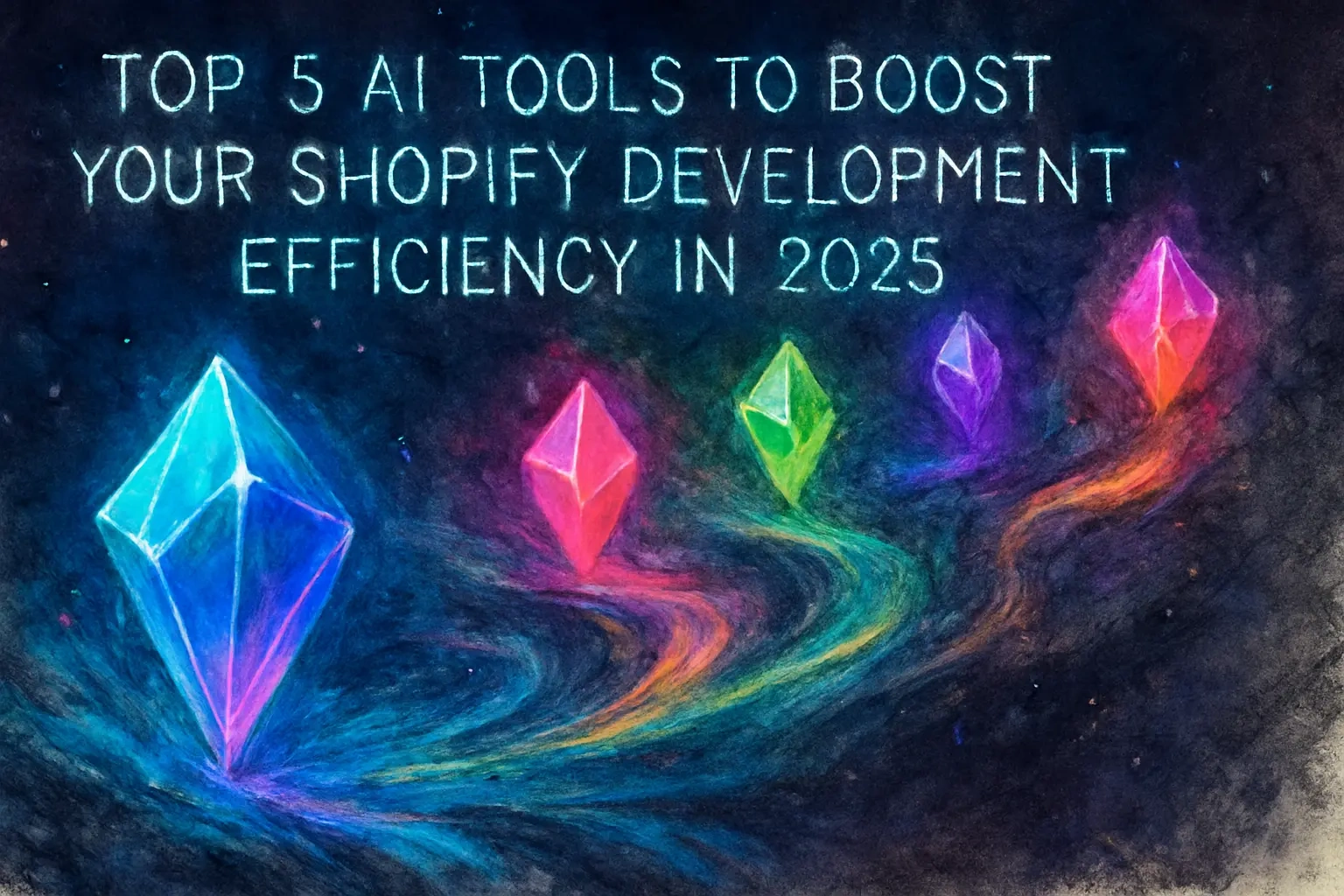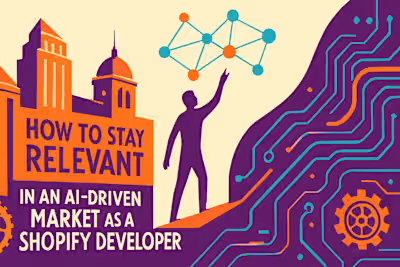Top 5 AI Tools to Boost Your Shopify Development Efficiency in 2025

Top 5 AI Tools to Boost Your Shopify Development Efficiency in 2025
AI for Code Generation and Assistance
GitHub Copilot: Your AI Pair Programmer
Figstack & Blackbox: Code Explanation and Snippet Discovery
AI-Powered Store Setup and Content Creation
Shopify Magic & Storebuild.ai: Automated Store and Content Generation
AI Product Description Generators
AI for SEO and Marketing Automation
SEOAnt & SEO.AI: Automating Search Engine Optimization
Klaviyo & Recart: Intelligent Marketing Automation
AI for Personalization and Customer Experience
Tidio & Boost.ai: Advanced Customer Engagement
Personalization Engines
AI for Analytics and Business Intelligence
Predictive Analytics for E-commerce
Automated A/B Testing
Conclusion
References
Top 5 AI Tools to Boost Your Shopify Development Efficiency in 2025
AI for Code Generation and Assistance
GitHub Copilot: Your AI Pair Programmer
Figstack & Blackbox: Code Explanation and Snippet Discovery
AI-Powered Store Setup and Content Creation
Shopify Magic & Storebuild.ai: Automated Store and Content Generation
AI Product Description Generators
AI for SEO and Marketing Automation
SEOAnt & SEO.AI: Automating Search Engine Optimization
Klaviyo & Recart: Intelligent Marketing Automation
AI for Personalization and Customer Experience
Tidio & Boost.ai: Advanced Customer Engagement
Personalization Engines
AI for Analytics and Business Intelligence
Predictive Analytics for E-commerce
Automated A/B Testing
Conclusion
References
Posted Jul 4, 2025
Discover the top 5 AI tools that can revolutionize your Shopify development workflow. Boost efficiency, automate tasks, and deliver superior results for your clients.








